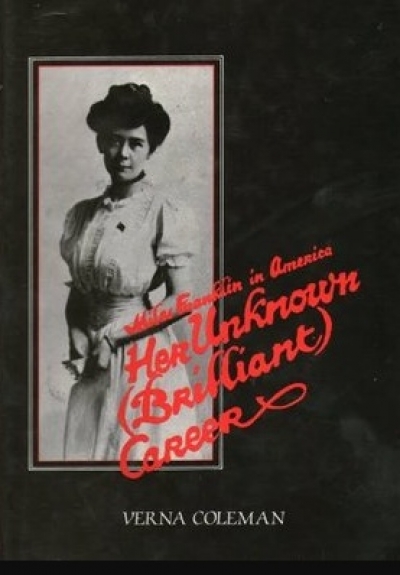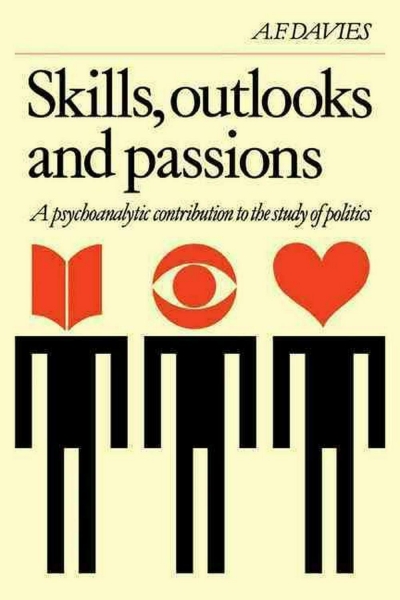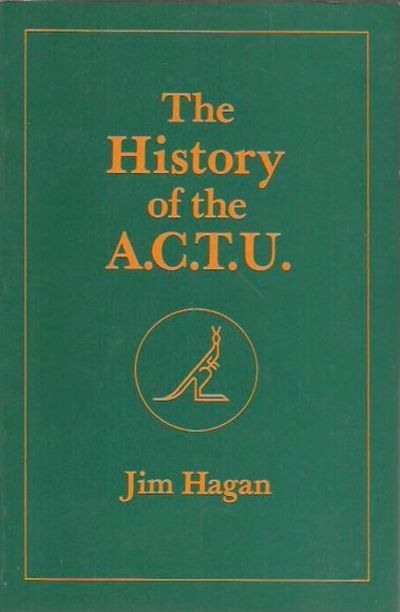Accessibility Tools
- Content scaling 100%
- Font size 100%
- Line height 100%
- Letter spacing 100%
Archive
The ABR Podcast
Released every Thursday, the ABR podcast features our finest reviews, poetry, fiction, interviews, and commentary.
Subscribe via iTunes, Stitcher, Google, or Spotify, or search for ‘The ABR Podcast’ on your favourite podcast app.
‘Where is Nancy?’ Paradoxes in the pursuit of freedom
by Marilyn Lake
This week on The ABR Podcast, Marilyn Lake reviews The Art of Power: My story as America’s first woman Speaker of the House by Nancy Pelosi. The Art of Power, explains Lake, tells how Pelosi, ‘a mother of five and a housewife from California’, became the first woman Speaker of the United States House of Representatives. Marilyn Lake is a Professorial Fellow at the University of Melbourne. Listen to Marilyn Lake’s ‘Where is Nancy?’ Paradoxes in the pursuit of freedom’, published in the November issue of ABR.
Recent episodes:
Power Conflict and Control in Australian Trade Unions edited by Kathryn Cole
Her Unknown (Brilliant) Career: Miles Franklin in America by Verna Coleman
Skills, Outlooks and Passions: A psychoanalytical contribution to the study of politics by A.F. Davies
Mucking Around: Five continents over fifty years by Naomi Mitchison
The four books reviewed here may be divided into two categories: the first, consisting of The Gosses: An Anglo-Australian Family, by Fayette Gosse, and Dinkum Mishpochah*, by Eric Silbert, is family biography, while the second, into which fall The Tanner Letters, edited by Pamela Statham, and Don Charlwood’s The Long Farewell, is the reconstruction, by means of such primary sources as letters and diaries, of the Australian past. Though these are very broad classifications, they serve to highlight the differences as well as the similarities between the members of each group.
... (read more)









